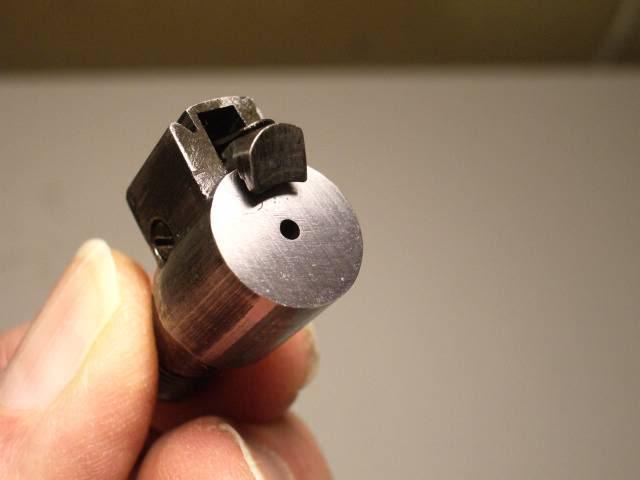---------
"In Benchrest Sanctioned match competition, one has to fire rounds as rapidly as possible in order to get all 5 record rounds on the target in one condition"
L.H.S. – Apparently, you have wandered too far afield from your "safe space". This is "LongRangehunting.com"… not benchrestcentral.com.
What works for benchrest, often does not apply to other shooting endeavors.
----------
"If I remember correctly from your posts on Accurate Shooter, most of your experience lies in military rifles."
L.H.S. - You do NOT remember correctly – I have almost no interest in military rifles.
I shot competitive bench in the '70s and again in the late 90s, and then I left it because it had changed and did not interest me anymore. I still have my bench rifles.
---------
"I have used a Forster bump neck die and confirmed they do indeed change the case diameter at the body-shoulder junction."
L.H.S. – Well, actually, this is not true. You have NOT used a Forster Bump die, so you could NOT have determined or confirmed anything.
In the thread on Accurateshooter.com … (click the linkie)
Headspace Comparitor & Bumping | Page 2 | Shooters' Forum
… you stated the following:
"OK, my gut instincts tell me that the shoulder/ neck junction will bulge without any body support. Since I got rid of all my neck sizers, I took a PPC case and using a Sinclair 30A bump gauge insert and pushing it against the bottom of a die as a stop in a press and was able to (with some finesse) set the shoulder back 0.0015". The diameter at this transition increased by 0.0003" and there was a definite bulge at the junction when holding a straight edge along the case body when held up to a light. For Benchrest requirements this would be unacceptable. Apparently bump only dies work OK under less stringent demands."
You didn't have, or use, or test a Forster Bump die, you made the whole thing up, relying on your "Gut"…!
Well, I would propose that your gut does not know anything about Forster Bump dies (and maybe handloading in general) so maybe find another use for it.
------
"Benchresters transitioned from neck sizing to full length sizing over a decade ago when accuracy gunsmiths started specing resize reamers that very closely matched the chambering reamer."
"I am not limited to starting to mid pressure loads. To be competitive I have to load in the upper load tier. So neck sizing is not an option."
L.H.S. – I never FL sized my match cases, and obviously, not all bench rest shooters have gotten he word on this shift to FL dies.
Terry Brady just shot the new world record group (an amazing 0.860") at 600 yards, with cases that were neck sized only
Terry says...
"[…] … I simply neck-size using a Wilson bushing die. In fact, my 6BR match brass has NEVER been full-length sized after it was fire-formed. The brass that shot the record had six or seven firings on it."
Read it for your self.
World Record Sub-Inch 600-Yard 6BR
---------
Now, the sad part of this, L.H.S. is… when guys come to a site like and ask a question about hardware, tools, actions, etc, they hope for (and should get) advice from people who know what they are talking about – that have actually used the equipment that is being discussed – that have real experience with it…
… not guesses by people that have never even used it, and are just blowing smoke to see themselves on the page.
You do the members of this board, and the owners of this board, a huge disservice!
Badd badd, L.H.S.




